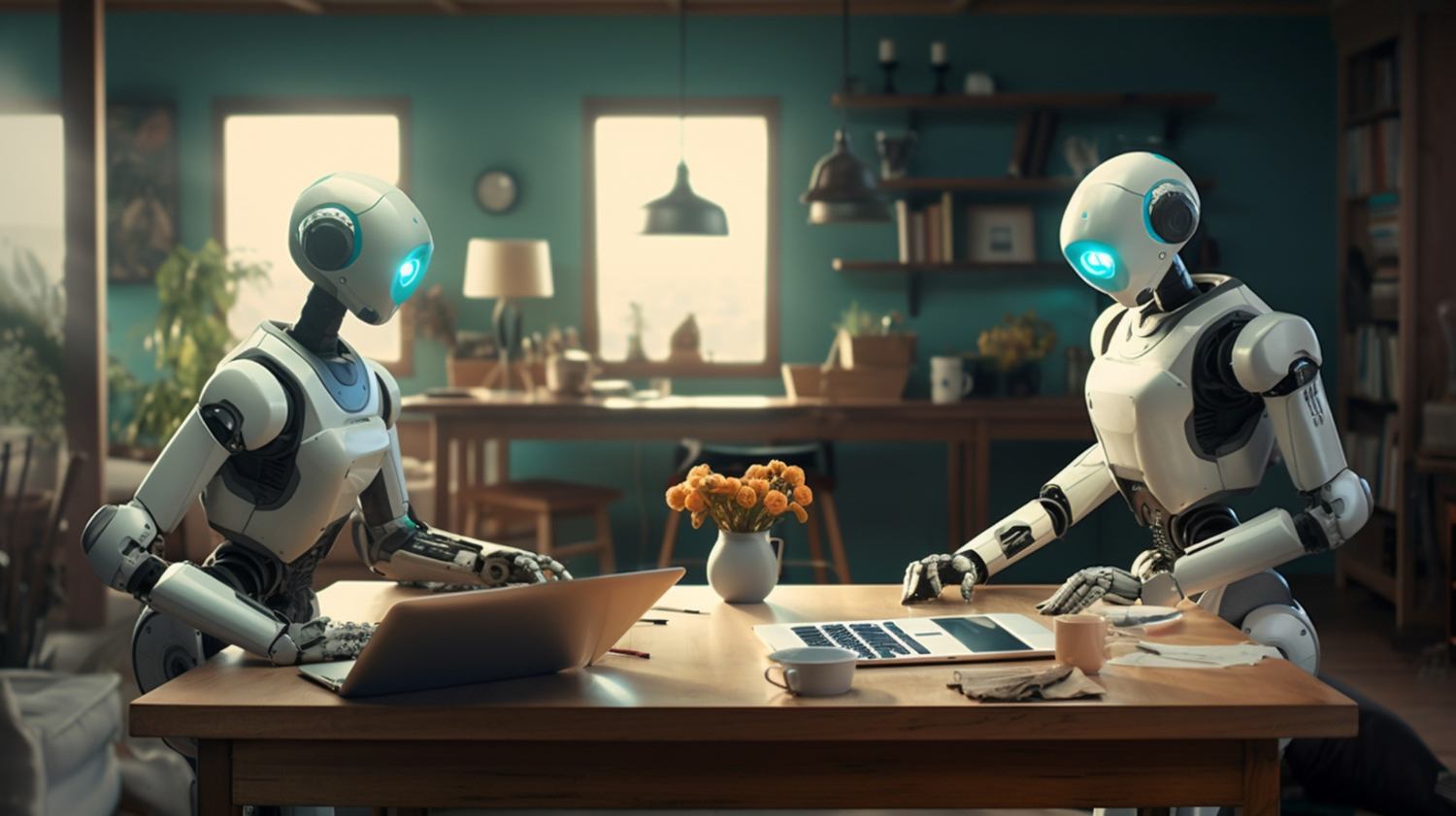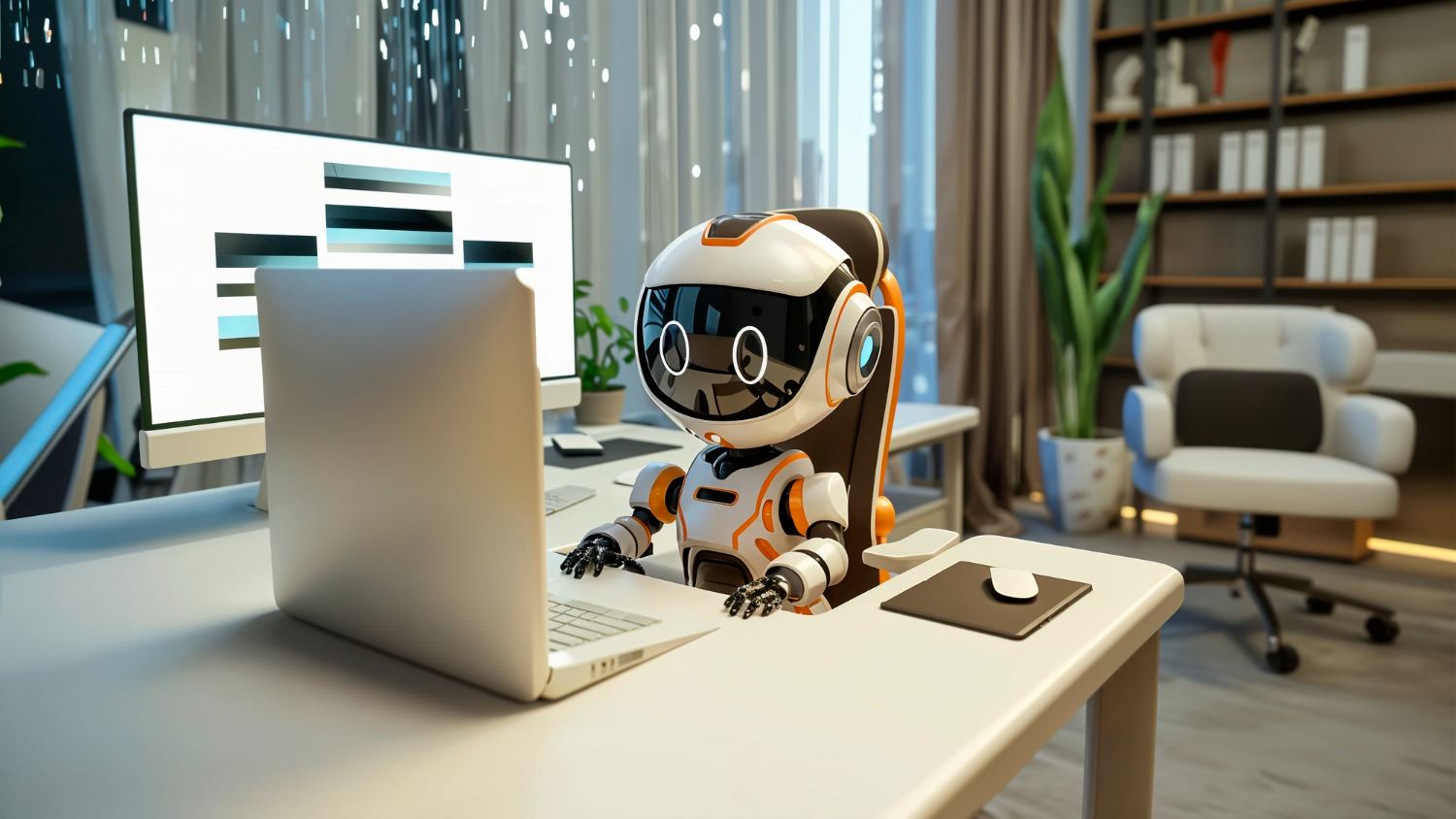Modern technologies are developing rapidly, and today the AI Robot name is increasingly associated not only with science fiction, but also with real opportunities to improve our lives. Humanoid robots receive increasingly advanced sensors, machine learning algorithms and adaptive mechanisms that allow them to become reliable assistants in everyday life. In this article, we will consider how Humanoid Robot can cope with home responsibilities, and also discuss the potential advantages and difficulties of introducing such systems into everyday life.
1. Current opportunities and examples
Today there are several prototypes demonstrating functions that will be available to a wide range of users in the future. One of the most famous samples is Optimus Robot, showing impressive orientation skills in space and supporting interaction with people.
The main tasks that can already perform modern humanoid robots:
- Cleaning the premises: Robots are equipped with suction systems, manipulators and cameras for recognizing dirt. They independently move around the rooms, change the operating modes depending on the type of surface.
- Purchases and delivery: Integration with online stores and navigation systems allows the AI Robot robot to choose the right products, order them and deliver them directly to the door.
- Management of a smart home: robots interact with voice assistants, smart sockets and sensors. They can regulate lighting, climate control and security based on preinstalled scenarios.
- Support for the elderly and people with disabilities: Special programs allow you to control the state of health, remind you of taking medication, and also physically help when moving around the house.
2. Prospects of application
In the future, the possibilities of Humanoid Robot will be significantly expanded due to the further development of artificial intelligence and robotics. Key directions:
2.1 Complex automation of life
- Complete integration with the Smart House to create autonomous scenarios (preparation for awakening, returning owners, evening rituals).
- Recognition of persons and emotional state for adaptation of behavior and adjustment of communicative strategies.
- Management of records on the calendar and the implementation of reminders, notification of important events.
2.2 Individualization of assistance
- Adaptive training programs: teaching the preferences of the user, menu, procedure for completing tasks.
- Scenarios of “Social Exception”, when the robot plays the role of a companion for conversations, games and reading books.
2.3 Improving safety
- Patrol of the house, detecting suspicious activity and automatic transmission of alarm signals to the owner’s smartphone.
- The use of built -in sensors to detect gas leaks, fire or spilled water.
3. Technical and social challenges
Despite the impressive possibilities, there are serious obstacles on the way to the massive spread of humanoid robots:

3.1 difficulties of hardware solutions
- Energy consumption and autonomy. Optimus Robot and other models are still limited by the battery life.
- The reliability of manipulators and adaptation to unpredictable home situations (accidentally fallen objects, non -standard furniture).
3.2 algorithmic restrictions
- Processing of visual information in real time is the ongoing challenge, especially in conditions of poor lighting or a confusing environment.
- Safety and privacy. Algorithms should protect the personal data of the owners, prevent leaks or abuse of information.
3.3 ethical and social issues
- Ethics of interaction: How appropriate to trust the robot to take care of elderly family members.
- Social adaptation: The possibility of dependence and a decrease in personal skills for the user.
- Regulation and responsibility: Who is responsible for the accident or incorrect work AI Robot?
4. Economic aspects
The introduction of humanoid robots in everyday life is associated with large investments. Main economic issues:
- The cost of production: Complex components and expensive sensors make a large -class final product is still expensive.
- Training and service: Robots need regular software and maintenance updates with specialized engineers.
- Mass production: Reducing price is possible when releasing large batches and automation of assembly processes.
5. Solutions and recommendations
To overcome existing barriers and make Humanoid Robot a truly affordable assistant, it is required:
- Improving energy -efficient systems and accumulators of the next generation.
- Investing in computer vision research and neural network models for reliable recognition of objects and situations.
- Creation of safety standards and ethical standards for working in a home environment.
- Development of user training programs that allow you to quickly and simply adapt the robot to their own needs.
6. Conclusion
Humanoid robots with artificial intelligence have huge potential for help in everyday tasks: from cleaning and purchases to management of an intelligent house and escorting the elderly. Despite the technical, economic and social challenges, the further development of AI Robot and the integration of robots into our lives can improve the quality of life, free time for creativity and communication. The key to success will be innovation in the energy, algorithms and legal regulation, which will make robots safe and affordable for each house.


